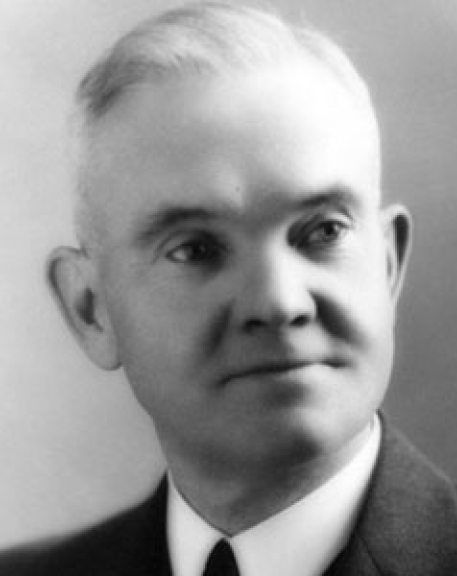1998 INDUCTEE Gustave Gingras, MD Service Abroad, Public Health, Health Promotion & Advocacy, Health Policy, Leadership in Organizational Development, Skin, Bones, Muscles & Joints
January 18, 1918
(Montréal, Québec)
May 9, 1996
MD, University of Montreal (1943)
1988: Honorary DM, Université Pierre Marie Curie
1987: Honorary LLD, University of Prince Edward Island
See All AwardsAwards & Honours:
1988: Honorary DM, Université Pierre Marie Curie
1987: Honorary LLD, University of Prince Edward Island
1985: Distinguished Service Citation, Canadian Paraplegic Association
1985: Companion of the Order of Malta
1984: Honorary DSc, St. Mary’s University
1982: Honorary DSc, McMaster University
1978: FNG Starr Prize, Canadian Medical Association
1974: Honorary, DCL, Bishop’s University
1973: Honorary DM, Université de Sherbrooke
1972: Companion of the Order of Canada
1972: Royal Bank of Canada Prize
1971: Honorary LLD, University of Western Ontario
1970: Honorary LLD, University of Winnipeg
1969: Albert Lasker Prize
1967: Honorary LLD, Sir George Williams University
1967: Officer of the Order of Canada
Knight of the Venerable Order of Saint John.
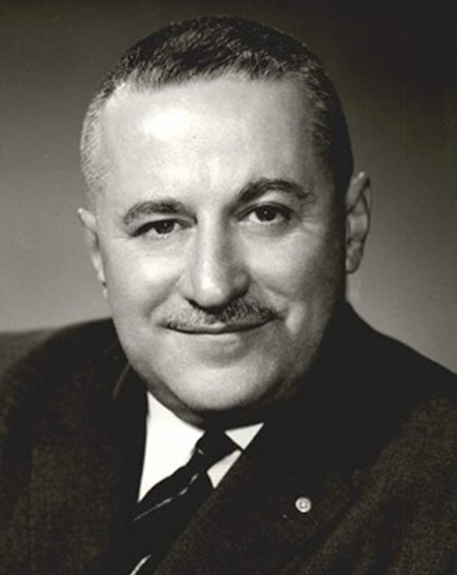
Established one of Canada’ earliest rehabilitation institutes and shared his talents with the world
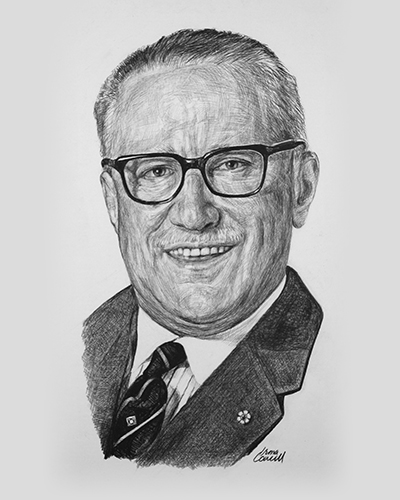
"Mr. Rehabilitation"
A compassionate ambassador for people with physical disabilities, Dr. Gustave Gingras made brilliant and pioneering achievements in physical and rehabilitation medicine. He lobbied governments and social institutions to provide barrier free access, facilities for people who are physically challenged and legislation that would integrate people with mobility issues into employment and into the public-school system. Gingras also started a Canadian program that would assist children who were the victims of thalidomide. People around the world consider Dr. Gingras to be the "Ambassador for the Handicapped".
Key Facts
Developed the first prosthetic limb activated by muscle contractions and electrical signals from the body
Initiated highly regarded prosthetic and orthotic workshops for children with physical disabilities
Served in positions of leadership in many organizations and boards, including as President of the Canadian Medical Association and President of the International Federation of Physical Medicine and Rehabilitation
Chancellor of the University of Prince Edward Island (1981-1984)
Became a consultant for the rehabilitation treatment of Canadian veterans for over 20 years
Professional timeline
Impact on lives today
Dr. Gingras was a champion and voice for Canadians with physical disabilities and advocated for their rights throughout his entire career. He lobbied social institutions and all levels of Canadian government to provide improved access and better facilities for people with disabilities. He petitioned for legislation that facilitated their integration into the school system and the Canadian workforce. A true activist at heart, Dr. Gingras selflessly campaigned for victim compensation for those affected by the thalidomide crisis and for veterans captured by the Japanese Army in Hong Kong during the Second World War. His advocacy left an indelible mark on Canada and improved the inclusion of people with disabilities in Canada today.
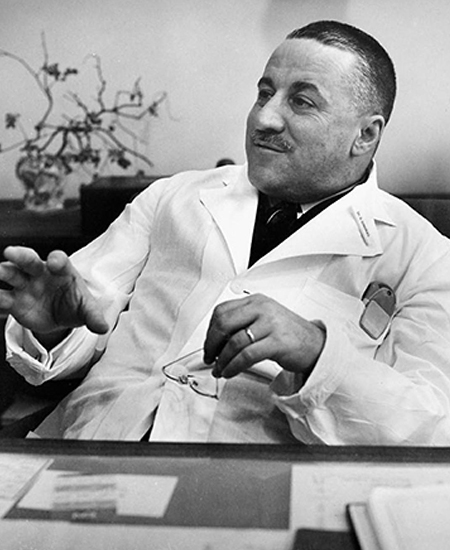
1998
-
Gustave Gingras posthumously inducted into the Canadian Medical Hall of Fame
Hull, Québec
-
Dr. Gingras suffered from a degenerative neurological disorder but maintained inspiring optimism that mirrored his distinguished career
Throughout his illness, he practiced the most important lesson that he gave to fellow Canadians: “Never give up, and focus on remaining abilities rather than on those lost.”
-
Gingras responded to another Canadian tragedy: thalidomide
Public Health, Health Promotion & AdvocacyIn 1963, he established a rehabilitation program for its victims in Canada.
-
Gingras led a Red Cross mission to Morocco
Service Abroad, Leadership in Organizational Development, Patient CareThere he established a rehabilitation program for 10,000 Moroccans who had become paralyzed after ingesting toxic oil.
-

Became a Professor of Physical Rehabilitation at the University of Montréal
Health and Medical Education & TrainingHe founded and directed the university's school of rehabilitation and was also appointed Director of the Rehabilitation Service at Queen Mary’s Veteran’s Hospital.
-
Gustave Gingras’ heroism extended beyond Canadian borders
Service Abroad, Global Health, Health and Medical Education & TrainingIn 1953, he served as an consultant to the Government of Venezuela to plan a national program of rehabilitation and to establish a training school. For more than 20 years, Gingras answered the call of the United Nations, the World Health Organization and the Canadian International Development Agency.
-
Already an icon in the field of physical therapy, Dr. Gingras became a Canadian hero during the polio epidemic
Public Health, Health Promotion & Advocacy, Skin, Bones, Muscles & Joints, Patient CareDr. Gingras organized rehabilitation programs and provided care for thousands of patients.
-
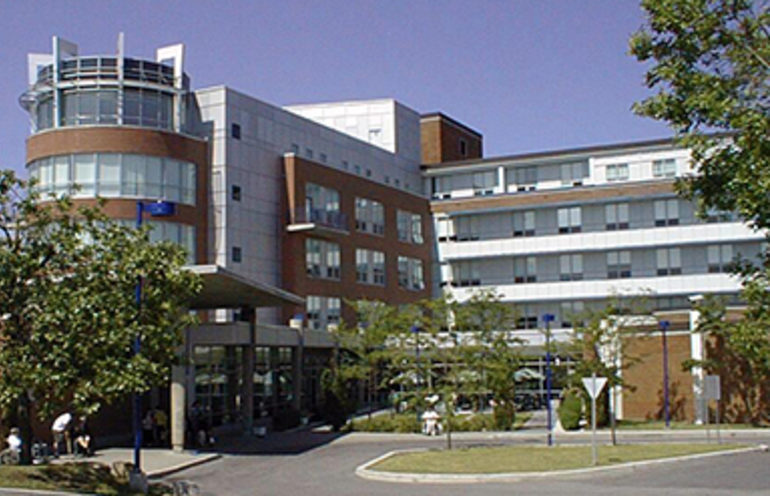
Recognizing a need for improved access to rehabilitation services, Dr. Gustave Gingras founded and directed the Rehabilitation Institute of Montreal
Public Health, Health Promotion & Advocacy, Skin, Bones, Muscles & JointsHe transformed the clinic into a world-renowned rehabilitation centre, pioneering new rehabilitation techniques and developing state of the art technology. He served as the Institute’s Director until 1977.
-
For four years, at Ste. Anne de Bellevue, Dr. Gingras gathered a team of physical and occupational therapists, social workers, and psychologists
Skin, Bones, Muscles & JointsHe set to work on pioneering many rehabilitation techniques. At the end, many of the veterans were able to return back to their homes and work in their jobs. This work sparked a passion in Dr. Gingras, setting in motion a distinguished career marked with compassion, innovation and unwavering determination.
-
After returning from war service, Gingras’s plan was to work in his speciality of neurosurgery
Brain & MindDr. Wilder Penfield, however, encouraged Dr. Gingras to work with a group of 50 paraplegic and quadriplegic war veterans at the Ste. Anne de Bellevue Hospital in Montréal.
-
Shortly after completing his medical training, Gingras joined Canada’s war effort
He served with Canadian Army Medical Corps until the end of World War II.
1943
He instilled hope in people.


